Have You Ordered Your Seeds Yet?
You need thousands of plants, so take advantage of fall seeding.
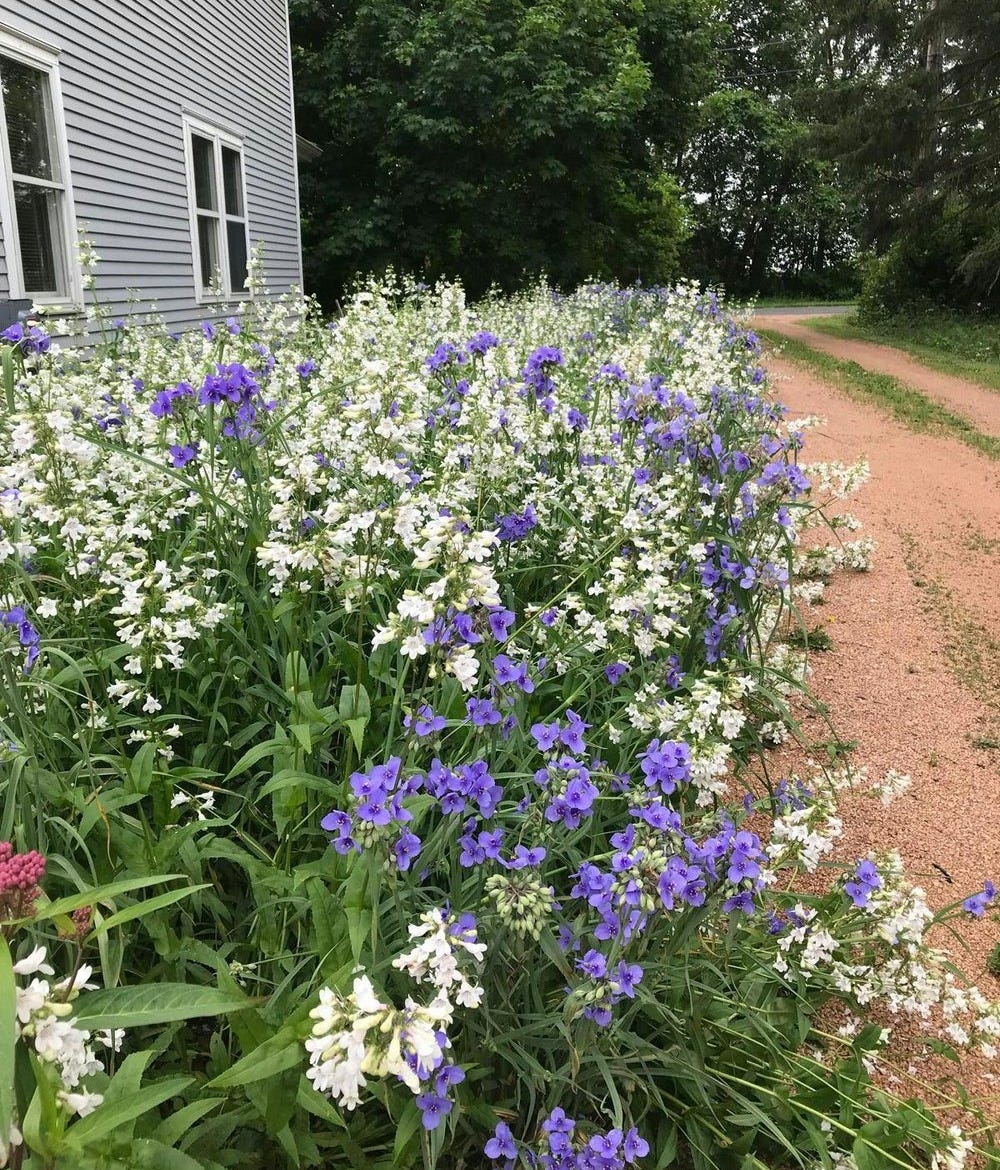
Dear Yardener,
At dinner at the home of friends recently, our host expressed frustration with how inconsistently two identical native plants behaved in his yard: one thrived and the other languished under apparently identical conditions. I suggested the conditions may actually differ, like a soil pathogen in one place or varying drainage conditions. Or — as often happens — the languishing plant just took transplanting hard. It happens (frequently).
Then I gave it to him straight. “You can’t worry about each and every plant. To transform your yard, you need thousands of plants.”
He was stunned. It may sound as if I was exaggerating, but the rule of thumb is one perennial or grass per square foot. That means replacing half the turf on an average lot — about 13,000 square feet, less house, driveway, etc. — requires perhaps 4,000 plants.
To soften the blow, I explained he and his wife can spread the work and expense over years. And they can propagate their own plants from seed, division, or cuttings. And they can get seeds or plants from friends. But in the meantime, the least expensive way to establish a native perennial garden is by seeding in the fall. In fact, many plants that evolved in northern climates require a period of cold to germinate and the easiest method of such cold stratification is the put them outdoors — now.
When I emailed my friends to thank them for dinner, I sent the following answer from last October about seeding a meadow, which I’ve updated for you. Once you adopt an experimental attitude toward growing, you’ll soon have thousands of plants.
Wishing you successful seeding,
— Heather
The wisdom of starting a meadow from seed
Dear Heather, Can you talk about the wisdom (or foolishness) of starting a meadow from seed? — A., New Jersey
Wise! The cost of seeding a meadow is orders of magnitude less than planting plugs or plants, but it requires more patience. A meadow takes several years to mature; plugs give you a six to 12 month head start and plants give you a 12 to 24 months (or more) head start. Keep in mind that it’s not an either/or — you can seed now and then plant plugs and even plants into your meadow next summer.
Late fall or early winter is the best time to seed a meadow, which means starting your prep and ordering seeds now. Here are some tips:
Pick an area that gets at least six hours of sun a day. Woodland plants are slower growing and often harder to grow from seed than sun-loving meadow (also called prairie) plants; if you want to try growing woodland plants from seed, try the Wild Seed Project's method, which I describe in Save Money with Winter Sowing.
Prepare the ground (see “How” below) and know the limitations of whatever method you choose.
Pick a cover crop to protect the soil, minimize weeds, and protect delicate emerging seedlings. Your cover crop can be a fast-growing native grass like Canada wild rye or Virginia wild rye, a sterile exotic hybrid like Regreen, or fast-growing annual or biennial wildflowers. In my daughter Zoe’s meadow, black-eyed Susans acted as a cover crop, providing dense vegetation that discouraged weeds. When you seed or plant into existing turf, the turfgrass acts as a cover crop.
Consider supplementing an all-native meadow mix with some of the native species listed below that grow easily from direct sowing and create drifts of individual species à la Piet Oudolf. Alternatively, direct sow specific species to create a more traditional perennial garden like K. from Minnesota's, above.
Use several times the recommended amount of seed. Supplier recommendations are based on traditionally prepared soil — i.e., tilled multiple times to remove all existing vegetation and expose, germinate, and kill the existing seed bank. With other methods, fewer of the seeds you sow will germinate, so we have found that direct sowing several times as much seed as recommended works better.
Rake the soil lightly to ensure soil-to-seed contact.
Mix the seed with a lot of sand — four gallons of slightly moist, clean sand (e.g., sandbox sand from the hardware store) with each 1,000 square feet of seed — and broadcast freehand a section at a time.
Cover seeds with a light layer of straw (not hay) to keep them in place and safe from birds and add some organic matter.
In the first year, mow the meadow to four to six inches every six weeks or so from spring through fall to stop turf grass and annual weeds from going to seed.
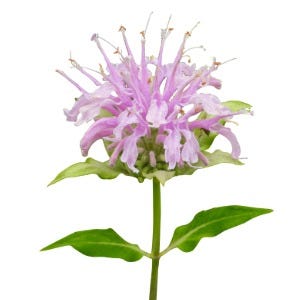
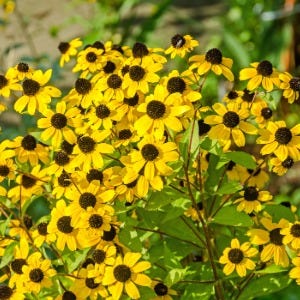
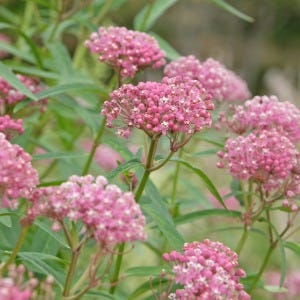
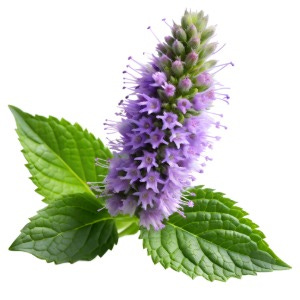
I compared notes with Jesse at Prairie Moon Nursery and we came up with this list of meadow species that are especially easy to grow from direct sowing:
Wild bergamot (Monarda fistulosa)
Spotted beebalm (Monarda punctata) — Great as a big patch, flowers first year
Purple coneflower (Echinacea purpurea)
Black-eyed Susans (Rudbeckia hirta) — Reseeding biennial — and brown-eyed Susans (Rudbeckia triloba)
Blue vervain (Verbena hastata) — Work better sprinkled throughout than grouped together
Anise hyssop (Agastache foeniculum)
Swamp milkweed (Asclepias incarnata) — Great as a big patch, flowers second year
Partridge pea (Chamaecrista fasciculata) — Reseeding annual (scarify by pouring boiling water on seeds and allowing them to cool to before sowing)
Little bluestem (Schizachyrium scoparium) — Grass
Purple lovegrass (Eragrostis pectinacea) — Grass
Happy planting!
— Heather
Why, How, Wow!
Why?
Reading my favorite column one week, I was reminded of the scene in Arlo Guthrie’s epic Vietnam War protest song Alice’s Restaurant when he was sent to a draft board psychiatrist:
And I went up there, I said, "Shrink, I want to kill. I mean, I wanna, I wanna kill. Kill. I wanna, I wanna see, I wanna see blood and gore and guts and veins in my teeth. Eat dead burnt bodies. I mean kill, Kill, KILL, KILL." And I started jumpin up and down yelling, "KILL, KILL, " and he started jumpin up and down with me and we was both jumping up and down yelling, "KILL, KILL." And the sergeant came over, pinned a medal on me, sent me down the hall, said, "You're our boy." — Alice’s Restaurant
Americans apparently still want to kill — though mostly insects, based on the Washington Post Department of Data’s analysis of Google searches for “how to kill…”
The ongoing insect apocalypse does not seem to have registered with homeowners. Insects — and insectlike entities, since Google searchers aren’t always clear on their taxonomy — are one of the few things Americans want to kill even more than time.
By our count, bugs make up more than half of the top 100 entities we’re trying to kill. The rankings aren’t precise, as folks sometimes split their vote between multiple phrases, such as “how to kill centipede,” “how to kill a centipede” and “how to kill centipedes.” But for the most part, we were struck by how consistently Americans described their targets. — Washington Post
Hopefully, dear readers, you now second-guess your own impulses to kill insects. I’ve certainly written extensively, perhaps even mind-numbingly frequently, about the danger of the insect apocalypse to all life on earth. Scary.
But also, like Guthrie’s song, humorous — at least as Department of Data’s Andrew Van Dam reports it. To read his analysis and see some awesome data visualizations about what Americans want to kill and how that differs by state, check out this gift link to Here’s what Americans want to kill, according to Google.

How
Some potentially good news in the Post’s story is that the plant Americans want to kill the most is grass. That’s often the first step in replacing lawn with native plants to help avert the insect apocalypse. If you’re ready to replace some of your lawn with meadow, direct-sowing native grasses and wildflowers in late fall or early winter is an inexpensive and relatively easy way.
Unfortunately, there’s no silver bullet when it comes to killing grass. Although many ecological landscapers use glyphosate (until recently, the primary ingredient in RoundUp), we discourage it; among many reasons, kidney-disease causing glyphosate compounds persist seven years in groundwater and 22 years in soil.
Here are the pros and cons of my personal favorite methods of preparing turf lawns for direct sowing:
Remove turf with a sod remover or, for small areas, a maddock
Best for: Yards with monoculture turf
Pros: Fast, neat edges
Cons: Disturbs seed bank, can damage tree roots (and cause suckering)
Solarize turf under clear plastic for six weeks while weather is warm or, if you have time, four weeks on, two weeks off, then four weeks on
Best for: Small- to medium-sized areas
Pros: Does not disturb seed bank, solarized grass acts as mulch
Cons: Plastic waste (and possibly microplastics), kills beneficial soil microbes
Mowing closely, then dethatching
Best for: Large areas
Pros: Easy, fast, turf acts as cover crop
Cons: Turf and any invasives in it persist until outcompeted by natives, can look messy
Whichever method you use, expect your meadow to evolve over several years, as explained in the chart below from Ben Vogt of Monarch Gardens.

Wow!
Here’s a picture of Zoe’s yard in its second season year. The meadow at right was solarized the previous summer and heavily seeded in the fall with a meadow mix and several additional species. As you can see, she used so much black-eyed Susan (Rudbeckia hirta) seed that this biennial is acting as a glorious cover crop. Although it reseeds, the black-eyed Susans will eventually die out as they are replaced by longer-lasting perennials that establish more slowly. On the left around the circular lawn is a anti-tick border of native mints planted as plugs the previous summer.
Wildr Update
On the topic of plants languishing, I loved this Instagram clip of garden-designer-to-the-stars Edwina von Gal saying, “I bet you cannot guess how many plans I have killed!” It’s in the trailer for Walk on the Wild Side, a mini-series from the Less Lawn, More Life team (including my daughter Zoe).
If you haven’t already, take the Wildr quiz (go-wildr.com) and get on the list to receive episodes as they are released over the next several weeks.



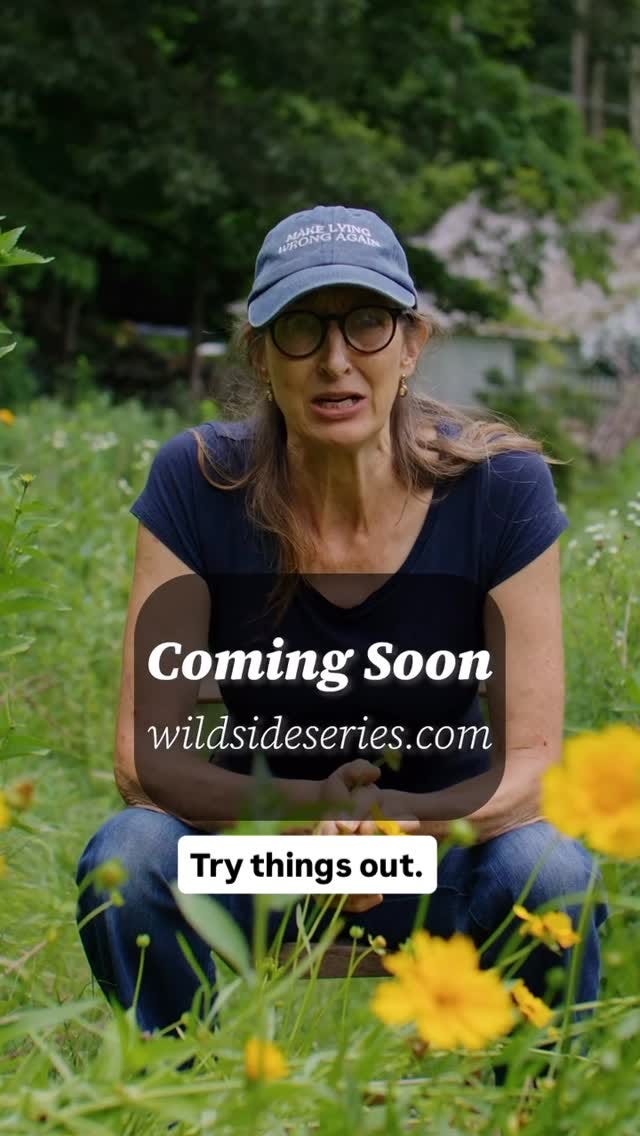

Thank-you! We did a "no mow" May, June, July, August, September and now October in a large part of our grass area this year. I plan on mowing once the bugs have died back and after a freeze or two. There are so many more bugs in the yard with no mowing! Spiders, grasshoppers, crickets, katydids and more that I just cannot see. I am hoping to turn these areas into native meadows. Thanks for the tips!
SO good Heather!